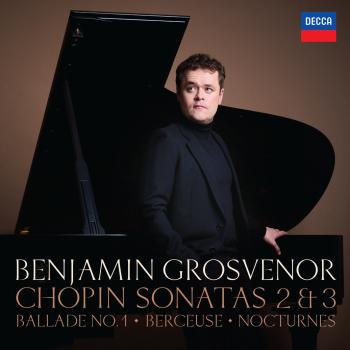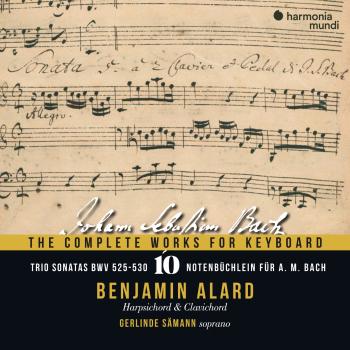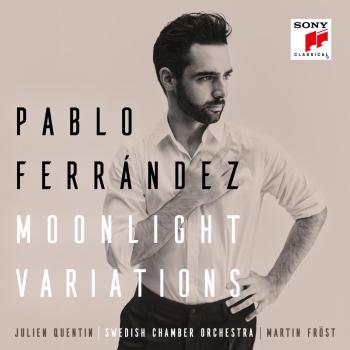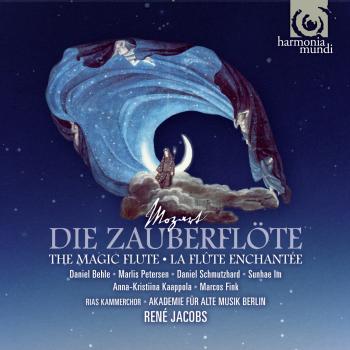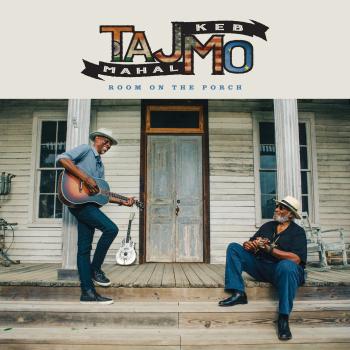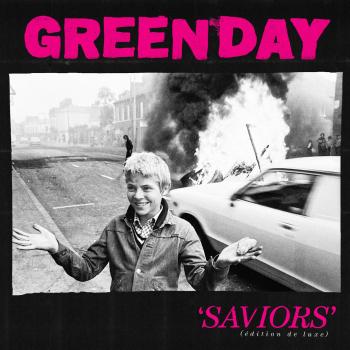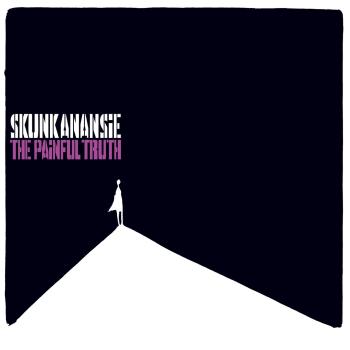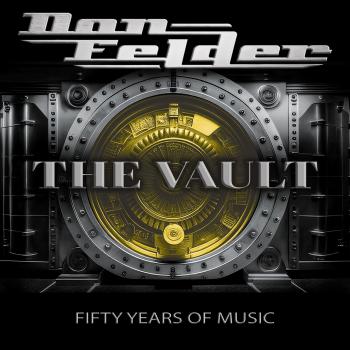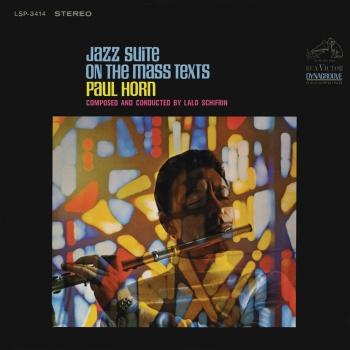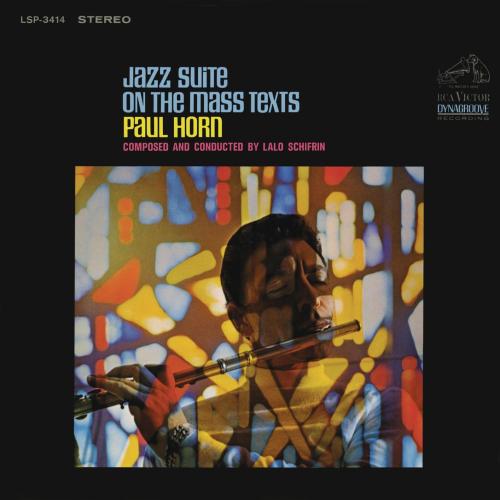
Jazz Suite on the Mass Texts Paul Horn
Album info
Album-Release:
1965
HRA-Release:
02.10.2015
Album including Album cover
I`m sorry!
Dear HIGHRESAUDIO Visitor,
due to territorial constraints and also different releases dates in each country you currently can`t purchase this album. We are updating our release dates twice a week. So, please feel free to check from time-to-time, if the album is available for your country.
We suggest, that you bookmark the album and use our Short List function.
Thank you for your understanding and patience.
Yours sincerely, HIGHRESAUDIO
- 1 Kyrie 04:19
- 2 Interludium 02:44
- 3 Gloria 06:09
- 4 Credo 03:11
- 5 Sanctus 02:44
- 6 Prayer 01:50
- 7 Offertory 04:36
- 8 Agnus Dei 04:06
Info for Jazz Suite on the Mass Texts
„A piece of music played by jazz specialist Paul Horn with music composed and conducted by Lalo Schifrin, the material present brings both the classical and jazz genres together, blending it further with the magic and mystery of the hymns of the church. The music at times is structured and arranged for the listener to enjoy with ease and relaxation. Though one point of the record is its method of tension and release, present during the far more abstract parts of the record, such as at the very climax of 'Credo.' The music here is a reflection of the church, using a broader base of textures and colors in jazz. The dynamics are powerful in this performance, and the communication between Horn's quintet, the orchestra led by Lalo Schifrin, and the chorus is undeniably magical. Certainly much of the record can be found leading into the realm of experimental music, and the critical listener should not be so critical, but rather sit, enjoy, and open their mind and listening senses.“ (Shawn M. Haney, AMG)
Paul Horn, flute, clarinet, alto saxophone
Vincent DeRosa, french horn
Frank Rosolino, trombone
Al Porcino, trumpet
Conte Candoli, trumpet
Red Callender, tuba
Lynn Blessing, vibraphone
Mike Lang, piano
Ann Mason Stockton, harp
Dorothy Remsen, harp
Betty Allen, vocals
Evangeline Carmichael, vocals
Loulie Jean Norman, vocals
Marie Vernon, vocals
Marilyn Powell, vocals
Sara Jane Tallman, vocals
Vern Rowe, vocals
William Cole, vocals
Lalo Schifrin, conductor
Bill Plummer, bass
Larry Bunker, drum
Emil Richards, percussion
Frank Emilio Flynn, percussion
Ken Watson, percussion
Milt Holland, percussion
Recorded in RCA Victor's Music Center of the World, Hollywood, CA
Engineered by Jim Malloy
Produced by Al Schmitt
Digitally remastered
Paul Horn
Hailed as a founding father of new age music, Paul Horn is a versatile and widely popular recording artist with a number of albums to his credit, including Inside the Taj Mahal (11062), which has sold more than three-quarters of a million copies. Flutist Paul Horn's story is an inspiring odyssey of world travel, expansive musical creativity, psychological evolution, and spiritual transformation. For over three decades, Horn has maintained a high public profile, increasing his audience even as he has changed creative directions - classical music, jazz, fusion, pop, new age music, world music.
Horn has journeyed around the world several times, often playing for thousands of people in concert halls, recording these albums in their famous locations—Inside the Taj Mahal (11062), in India, Inside the Great Pyramid (12060), in Egypt, and Inside the Cathedral (11075), in Vilnius, Lithuania. In 1987, he made a recording that was nominated for the Best New Age Grammy; no wonder he entitled that album Traveler (11086). Born in New York, raised in Washington D.C., Horn began his study of classical piano and clarinet as a child. He graduated from the Oberlin Conservatory of Music and earned his Masters degree at the Manhattan School of Music. After a stint in the Army, he briefly played in the Sauter–Finegan big band, then joined the famous Chico Hamilton Quintet.
Living in Hollywood, Horn quickly established himself as a jazz star on flute, clarinet, and saxophone. These were the glory years—touring and recording with Chico Hamilton; friends with Miles Davis, Tony Curtis, Tony Bennett; leader of his own quartet and quintet groups; celebrated in the Downbeat, Playboy and Metronome jazz polls; selected as the subject for David Wolper's TV documentary The Story of a Jazz Musician; freelance studio musician and guest soloist on dozens of albums; member of the NBC Staff Orchestra; on screen as an actor in The Sweet Smell of Success and The Rat Race. For all of his professional success in the 50s and early 60s, Horn nevertheless felt profoundly dissatisfied. His first marriage was on the rocks. In December, 1966, Horn packed his bags and flew to India, where he stayed for four months and became a teacher of meditation, guided by Maharishi Mahesh Yogi. Meditation opened the doors to the inner world. Horn's life was transformed.
In 1968, Horn returned to India as the producer of a film on Maharishi and meditation. The Beatles, Donovan, Shirley MacLaine, and other celebrities had discovered Maharishi. The ashram was overrun with media people; the film production proved disastrous. However, on this trip Horn recorded Inside the Taj Mahal (11062), a major forerunner of today's New Age music and still a best–seller.
Fed up with Hollywood studio life, Horn toured with pop star Donovan, earning enough money to move to Victoria, B.C., in 1970. He resumed family life with his two sons and a new wife, Tryntje. He built a new house and launched and independent career.
Horn lectured on creativity and the higher spiritual values of music; he taught meditation to students. He traveled to Egypt, China, Scotland, and elsewhere, recording in each location. He founded his own label, Golden Flute Records, and learned the business of music. He hosted his own eighteen-week Canadian network TV series; helped cure Haida, an ailing killer whale by playing soothing music; was guest soloist with various symphony orchestras; formed a new quintet; scored music for films, and recorded another best selling new age classic, Inside the Taj Mahal II (11085). He also traveled to Russia four times, met the people face–to–face, played concerts in Moscow, Leningrad, and elsewhere, recorded three albums, gained invaluable insights into the problems that exist between Russia and America—and offered possible solutions.
In his book Inside Paul Horn (HarperCollins), Horn summarized his life as follows, "We are journeying externally from country to country, instrumentally reflecting the merging of many diverse world cultures. We are traveling in historical time, from the present to the distant past. We are traveling inwardly as well, through the music of meditation."
This album contains no booklet.

